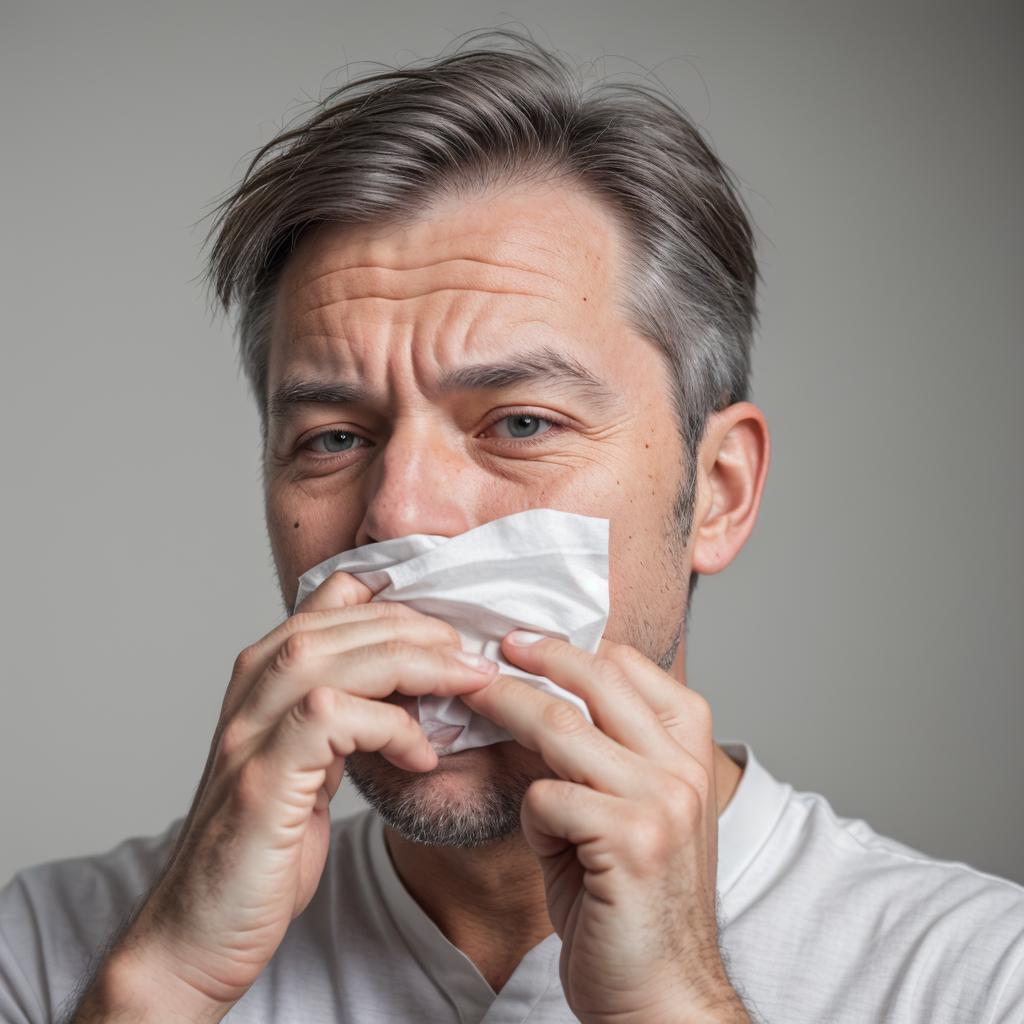

The rise of allergies: yesterday and today
In recent decades, the prevalence of allergies has surged, affecting millions worldwide.
However, the history of allergies extends far beyond contemporary times. “Allergy yesterday” refers to the historical context of allergic reactions, shedding light on the evolution of our understanding and management of allergies.
Historical perspectives on allergic reactions
The concept of allergies dates back centuries, with historical records documenting allergic symptoms such as skin rashes, respiratory distress, and gastrointestinal issues. However, the term “allergy” itself emerged in the late 19th century, coined by Austrian pediatrician Clemens von Pirquet. Pirquet observed that certain individuals exhibited hypersensitive reactions to normally harmless substances, leading to the coining of the term “allergy” from the Greek words “allos” (other) and “ergon” (reaction).
Early understanding of allergies focused primarily on immediate hypersensitivity reactions, such as those seen in food allergies and anaphylaxis. However, it wasn’t until the mid-20th century that researchers began to unravel the complexities of allergic diseases, including the role of immunoglobulin E (IgE) antibodies in mediating allergic responses.
Advancements in allergy diagnosis and management
Over the years, significant strides have been made in allergy diagnosis and management. Yesterday’s reliance on symptom management has evolved into a more comprehensive approach, encompassing allergen avoidance, pharmacotherapy, and immunotherapy.
Diagnostic techniques have also undergone substantial advancements. While skin prick tests and serum-specific IgE assays remain primary tools for identifying allergens, molecular-based allergy testing has emerged as a valuable adjunct, providing precise insights into allergen components and cross-reactivities.
The role of environmental changes
Environmental factors play a pivotal role in the allergy landscape, both historically and contemporarily. While yesterday’s allergens primarily included natural substances such as pollen, dust mites, and certain foods, today’s industrialized society has introduced new challenges. Air pollution, climate change, dietary shifts, and altered microbial exposures are among the myriad factors influencing allergy development and severity.
Addressing allergy challenges tomorrow
Looking ahead, addressing the allergy epidemic requires a multifaceted approach. Public health initiatives aimed at raising awareness, promoting allergen labeling, and improving access to allergy testing and treatment are essential. Additionally, continued research into the underlying mechanisms of allergic diseases, including gene-environment interactions and epigenetic modifications, is paramount for developing targeted therapies and preventive strategies.
In conclusion, “allergy yesterday” serves as a reminder of the enduring presence of allergic diseases throughout history. While our understanding and management of allergies have evolved significantly, challenges persist in addressing the rising prevalence and complexity of allergic reactions. By leveraging past insights and embracing innovation, we can strive towards a future where allergies are better understood, managed, and ultimately prevented.



